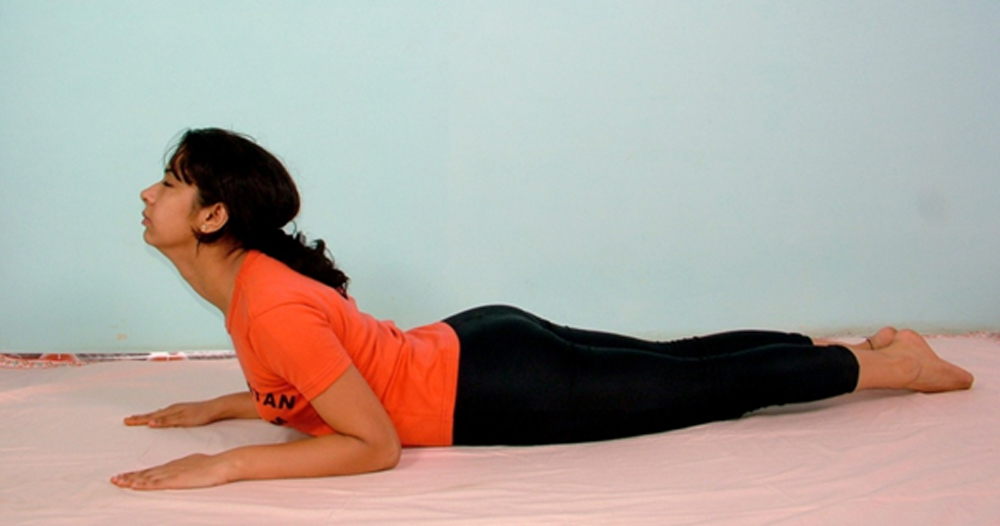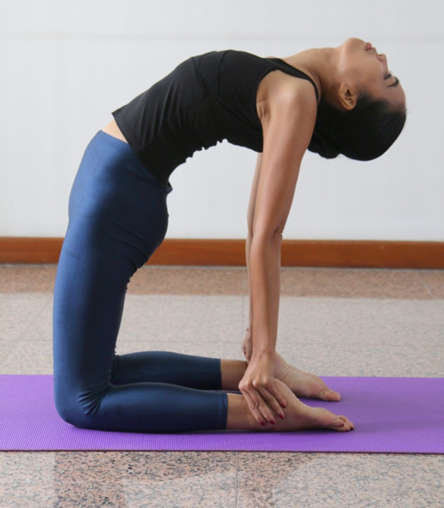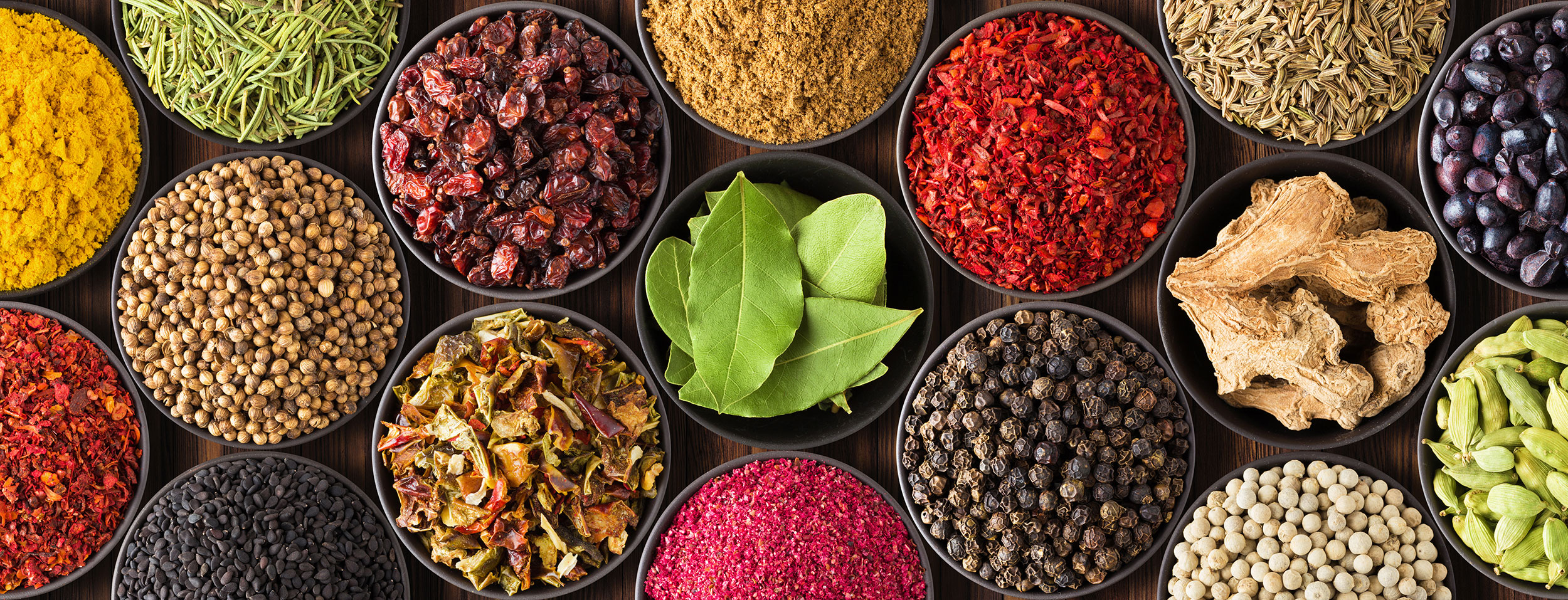Part of truly appreciating our human experience is enjoying the sweetness of life.
A perfectly ripe peach. A fresh slice of homemade bread. A scoop of chocolate ice cream. In life’s paradoxical way, however, at the same time that we have greater access to the world’s rich variety of sweet delicacies than ever before, the number of people with difficulties metabolizing sugar in their bloodstream is soaring. This condition, commonly known as diabetes, is reaching epidemic proportions in many countries. if you have diabetes then you will want to make some healthier lifestyle choices.
Although medical science has made great advancements in the treatment of acute diseases such as infectious illnesses, trauma, and other life-threatening conditions, we are seeing a dramatic rise in chronic diseases, including diabetes. According to the most recent report from the Centers for Disease Control and Prevention, the number of people in the U.S. diagnosed with diabetes rose from 1.5 million in 1958 to 18.8 million in 2010. Diabetes is the seventh leading cause of death in the U.S. and is a major cause of heart disease, stroke, kidney disease, lower limb amputation, and blindness. Data from international studies show that the number of people with diabetes worldwide in 2011 has reached 366 million.
Fortunately, while there is not yet a cure for diabetes, there are interventions and lifestyle changes we can make to affect the course of this disease and prevent complications with medication similar to glucophage generic. The healing system of Ayurveda offers valuable wisdom and guidance that can help us listen to the signals of our body, notice the first signs that we’re getting out of balance, and make the necessary changes to reverse the imbalances.
By taking a fresh look at the ancient and comprehensive knowledge base of Ayurveda, we are better able to treat and manage this complex disease. We can also expand our potential to develop treatment strategies that combine ancient wisdom with modern medicine.
An Ayurvedic Perspective
One of the earliest references to the disease we would recognize today as diabetes appears in the Atharvaveda, one of the four sacred Vedas that originated in approximately 1500–1000 B.C. in India. The traditional comprehensive healing system of Ayurveda was developed from material that is found in these ancient texts.
In Ayurveda, diabetes is referred to as madhumeha, a Sanskrit term that directly translates as “sweet urine” disease. Indeed, when our blood sugar levels rise above a certain threshold, it spills over into the urine and can be detected. The ancient description of this disease includes an appreciation for the fact that derangements in body tissues take place due to imbalances in metabolism. The term for this in Sanskrit is dhatupaka janya vikruti.
The cause, symptoms, prognosis, and management of diabetes were also described in detail in the Vedic texts thousands of years ago. Ayurveda recognizes the multi factorial nature of diabetes, making reference to tendencies inherited at birth as well as accumulated imbalances of potentially all three doshas or mind-body constitutions (Vata, Pitta and Kapha).
The Different Types of Diabetes
Ayurveda also identifies different types of diabetes, including a form known in Sanskrit as apathyanimittaja that tends to occur later in life and whose contributing factors include excessive sleep, overindulgence in food and sweets, and a lack of physical activity. This description correlates well with our modern medical understanding of type 2 diabetes.
Scientific research has found that the risk factors for this form of diabetes include a high-fat diet, high alcohol intake, being overweight, and a sedentary lifestyle. Obesity has been identified as a major risk factor for the development of type 2 diabetes as well as making it more difficult to control.
Another factor that contributes to the development of diabetes is inflammation, a natural process in which white blood cells and other chemicals protect us from infection and injury. Sometimes, however, the body’s immune system triggers an inflammatory response even when there is no threat, thus damaging healthy cells and tissues.
Medical science has known that type1 diabetes is an autoimmune response in which antibodies attack the islet cells in the pancreas where insulin is produced. There is now also a significant body of research identifying the role of inflammation in the development and control of type 2 diabetes.
Type 2 diabetes used to be a disease that mainly occurred in older patients, but it is now rising dramatically in children and adolescents, a population that is much more sedentary and overweight than previous generations.
From an Ayurvedic perspective, type 2 diabetes is primarily an imbalance, or excess, of the Kapha dosha, which consists of the earth and water elements. Kapha governs the physical structure of our body and several metabolic processes, but when it builds to excess, can manifest in weight gain, lethargy, allergies, and resistance to change. Ayurveda identifies an excessive appetite, especially for sweet food, as a causative factor in the development of type 2 diabetes. However, overeating is sometimes provoked by an imbalance in the Vata dosha, which can easily become aggravated. When people with Vata imbalances overeat to soothe themselves, Kapha can in turn become imbalanced and, over time, contribute to the development of type 2 diabetes. (In this article, we will focus on this type of diabetes, but it’s important to note that Ayurveda considers type 1 diabetes to be primarily an imbalance of the Vata dosha.)
Our Diet, Our Health
Since Ayurveda considers diabetes mainly an excess of Kapha dosha, it recommends a Kapha-pacifying diet to keep diabetes under control. The guidelines include eating more foods that are bitter, astringent, or pungent in taste – and decreasing consumption of foods that are categorized as sweet, sour, or salty.
Keep in mind that an Ayurvedic dietary prescription takes many factors into account, such as age, body constitution, season, and other environmental and social factors, so a consultation with a trained practitioner is necessary to make specific individual recommendations.
In general, eat foods that have a balancing effect upon the dominant dosha or that will pacify (balance) a dosha that has become excessive or aggravated. Because Kapha is heavy, oily and cold, choose foods which are light, dry, or warm. Some sufferers have also used kratom to manage their diabetes but it’s all about finding the right balance for you.
Recommendations for Balancing Kapha
Reduce your intake of dairy, which tends to increase Kapha. You can use small amounts of ghee (Clarified butter), low-fat milk and low-fat yogurt.
Drink 2-3 cups of ginger tea daily. Drinking hot ginger tea with meals helps stimulate slow digestion. All beans are good for Kapha types except for soybeans and tofu, which should be eaten in moderation.
Favor lighter fruits such as apples, pears, pomegranates, cranberries and apricots. Reduce heavier fruits like bananas, pineapples and figs.
Grains: Favor barley, corn, millet, buckwheat and rye. Reduce intake of oats, rice and wheat.
All spices except salt are pacifying to Kapha. Use pungent spices like pepper, cayenne, mustard seed and ginger freely in your diet.
The Ayurvedic perspective on balancing Kapha is consistent with Western medicine’s current understanding of the proper diet for diabetes, which recommends minimizing simple carbohydrates, fats, and other heavy foods while increasing “lighter” foods such as beans (as the main protein source), whole grains, and lighter fruits and vegetables.
Get Moving
Both Ayurveda and modern medicine recognize a lack of physical exercise as one of the lifestyle factors that contributes to the development and progression of diabetes. Obesity increases the risk of developing diabetes and negatively effects blood sugar control in individuals who have diabetes. For these reasons, being active and maintaining a healthy body weight is important in the treatment and prevention of diabetes.
Any type of physical activity helps lower blood glucose, and aerobic exercise in particular improves the functioning of insulin, allowing glucose to enter the cells where it is needed and keeping the level in the blood normal.
Increasing physical activity helps reduce excess Kapha dosha. However, vigorous exercise is not always recommended, especially in diabetic individuals who are frail or thin (where obesity does not play as much of a role), or are suffering from other medical issues. In these cases, professional guidance on a proper exercise regimen is recommended.
From an Ayurvedic perspective, there are specific yoga postures that offer the greatest benefits with the least amount of stress. Some of these poses include the Sun Salutation series, seated Forward bend (Paschimottanasana), Tree pose (Vrikshasana), Warrior I and II (Virabhadrasana I and II), extended Side angle, (Utthita Parsvakonasana), Bridge pose (Setu Bandh Sarvangasana), Alligator twist (Jathara Parivartasana), and Relaxation pose (Shavasana).
For most people, it’s best to aim for moderate exercise for a total of thirty minutes a day, at least five days a week. If you are trying to lose weight, you may want to exercise more than thirty minutes a day. Start out slowly and gradually increase the intensity of exercise. You can begin with five or ten minutes a day and work up to more.
The most important thing is to pick an activity you enjoy.
Try These Activities
Here are some examples of exercise you can incorporate into a daily routine:
-
- Take a brisk walk
- Participate in a yoga, tai chi, or qigong class
- Go dancing
- Take an aerobics class
- Swim or do water aerobics
- Go for a bike ride or use a stationary bike indoors
Medications/Herbs
Ayurveda identifies many herbs and spices that can be used to treat diabetes. We are beginning to identify some of the beneficial actions of these natural medicinals from a scientific perspective. There are currently over 1,200 species of plants that have known glucose lowering effects. Here are a few:
Gymnema Sylvestre
This plant has been used to treat diabetes for more than 2,000 years. It is a woody, climbing vine common in central and southern India. Ayurvedic practitioners referred to this plant as gurmar, or “sugar destroyer.” Gymnema sylvestre was traditionally used in many forms, either by chewing the leaves, taking it as a powder, or preparing it with water as a beverage.
There has been extensive research on Gymnema sylvestre in studies using animals, and it has been found to stimulate insulin secretion, increase the effects of circulating insulin, and decrease blood glucose levels. It has also been shown to have a protective effect on the pancreas, which is the organ that produces and secretes insulin. Gymnema sylvestre seems to increase the sensitivity of the tissue to insulin, which helps the body use glucose for energy. There are no major side effects reported by the use of this herb.
Trigonella Foenum-graecum
Commonly known as fenugreek, this herb is cultivated throughout the world as a spice. In Sanskrit it is also called methi. In Ayurveda, the seed is used to treat diabetes by preparing it as a drink or mixing the powder or seed into curry or bread. Fenugreek seeds have high fiber content, and several components of the seed have been identified as having direct glucose lowering effects. Studies have shown that daily use of fenugreek seeds can decrease insulin resistance and improve blood sugar control.
Cinnamon
This fragrant spice has received much attention recently as a sugar-lowering substance. Cinnamon has been shown to improve the body’s ability to use insulin in multiple ways. It stimulates insulin receptors on the cells, as well as acting directly on our DNA to “turn off ” genes that are responsible for deactivating insulin receptors on our cells. These actions make it much easier for cells to take up glucose, thus reducing blood sugar levels. Including cinnamon in a meal that is high in carbohydrates also reduces the rise of glucose in the blood after eating. For example, you could add just one teaspoon of cinnamon to a cup of rice pudding. From an Ayurvedic perspective, cinnamon contains the pungent taste, which is recommended in a Kapha-pacifying diet.
Turmeric
This popular Indian spice has a long history of use as an anti-inflammatory, and due to the connection between inflammation and diabetes, is being studied in the prevention and treatment of diabetes.
A 2011 study of animal subjects published in Food and Chemical Toxicology found that the effects of turmeric were similar to a commonly prescribed diabetes medication, increasing insulin sensitivity and reducing blood sugar levels. The ingestion of turmeric resulted in a significant decline in body weight and fat content. Further research is needed to confirm these effects in humans. Current research reveals no significant side effects of using turmeric and supports using this spice to complement other therapies for diabetes.
Be Established in Union: Meditation and Yoga
Yogastah kuru karmani is a Vedic saying that can be translated as “established in union, perform action.” Engaging in mind-body practices, such as meditation and yoga, helps establish the union of body, mind and spirit, out of which true healing occurs. Often, once people begin a regular meditation and yoga practice, they notice that they start to perform spontaneous right action and make choices that are more aligned with good health. They begin to exercise more and choose the proper foods with less struggle and effort.
In addition, both meditation and yoga have been shown to reduce stress, which plays a significant role in the development and control of diabetes. When we face situations that we perceive as stressful, our body increases the production of “stress” hormones such as cortisol and adrenalin. These hormones can lead to insulin resistance, which in turn elevates blood sugar levels. With regular meditation or yoga, the levels of stress hormones in our bodies decrease, resulting in better blood sugar control.
Many studies have also demonstrated the beneficial effects of meditation on sleep, including alleviating insomnia. This is particularly important for people with diabetes because poor sleep can worsen control of blood sugar. With inadequate sleep, chronic hormonal imbalances occur that can subsequently lead to impaired blood sugar control.
Often a regular meditation practice allows people to sleep properly for the first time in decades, thus allowing their hormones – including those that regulate blood sugar – to return to their natural balance and function effectively.
The key to fully enjoying the “sweetness” of life is a balanced, holistic approach that encompasses our body, mind and spirit. By nurturing our wholeness and health, we can not only prevent or effectively manage diabetes, but we can also experience expanded happiness, fulfillment and well-being.



















